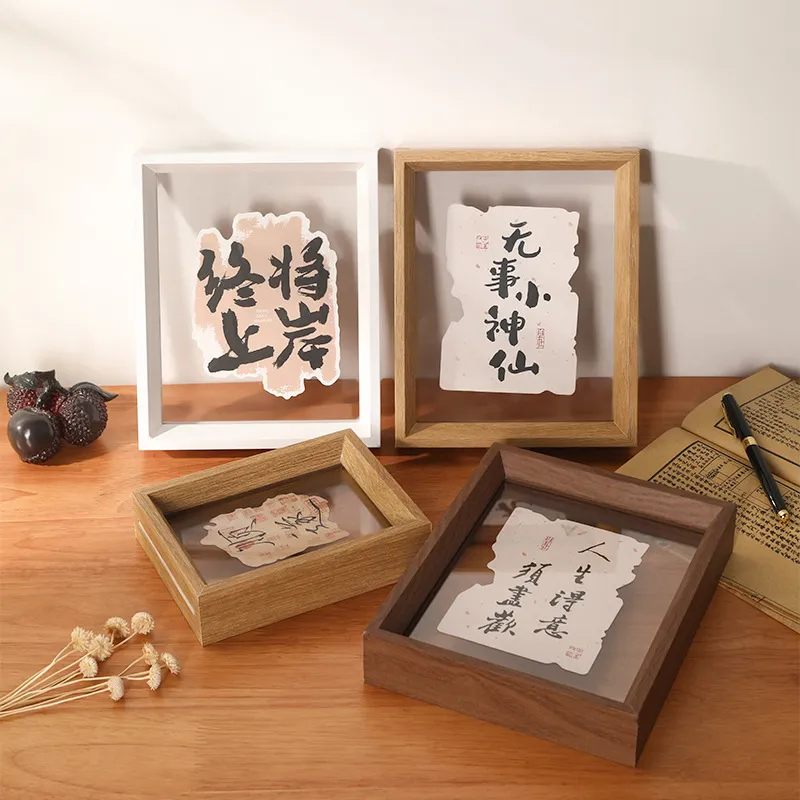Understanding the Landscape of Chinese Frame Manufacturing
The picture frame manufacturing industry in China has evolved significantly over the years, emerging as a pivotal player in the global market. Historically, this sector traces its origins back several centuries, with traditional artisanship laying the groundwork for modern production techniques. The shift from handcrafted frames to mass production can be attributed to technological advancements and increased demand, resulting in a wide range of products suitable for both domestic and international markets.
Chinese manufacturers utilize a diverse array of materials in the production of picture frames. Commonly used materials include wood, metal, plastic, and various composites, each offering different aesthetic qualities and price points. Wood frames, often sourced from sustainable forests, evoke a sense of authenticity and craftsmanship, while metal frames provide a sleek, contemporary look. Plastic frames, on the other hand, have grown in popularity due to their affordability and versatility. Such variety allows resellers to cater to multiple market segments, enhancing their product offerings.
Technological advancements have also played a crucial role in shaping the production processes within the industry. The introduction of automated machinery and computer-aided design (CAD) software has streamlined manufacturing, reducing production times and costs while increasing precision and consistency in frame quality. These innovations allow Chinese frame producers to maintain competitiveness in the global market while ensuring that the products meet international standards.
Geographically, certain regions in China have become renowned for their expertise in picture frame manufacturing. Areas such as Guangdong and Zhejiang are recognized as hubs of craftsmanship; these locations house numerous manufacturing facilities that specialize in various types of frames. The concentration of skilled labor and resources in these regions contributes significantly to the overall output of high-quality picture frames. Understanding this landscape is crucial for wholesale suppliers aiming to establish fruitful partnerships with key players in the industry.
Navigating Partnerships with Chinese Suppliers: Strategies for Success
Establishing a successful partnership with Chinese picture frame producers is fundamental for those seeking to wholesale these decorative items. The first step in forming a productive alliance is identifying reliable suppliers. This process often begins with thorough research and leveraging various platforms, such as Alibaba or Global Sources, to find reputable manufacturers. Assessing suppliers based on their market reputation, product reviews, and years of operation can provide valuable insights into their reliability.
Once potential partners have been identified, effective negotiation of terms is crucial. Clear communication about pricing, delivery timelines, and minimum order quantities is necessary to ensure both parties have aligned expectations. Negotiations may also involve discussing payment terms and potential discounts for bulk orders, which can benefit wholesale suppliers looking to maximize profitability. A critical aspect to consider is establishing a clear contract that outlines each party’s responsibilities to prevent misunderstandings in the future.
An often overlooked challenge in establishing partnerships with Chinese suppliers is overcoming language barriers. Utilizing professional translation services or hiring bilingual staff can facilitate clearer communication and enhance relationship-building. Additionally, fostering connections through regular dialogue helps build trust and transparency, which are cornerstones of successful international partnerships.
Quality control is another essential element to maintain within these partnerships. Engaging in diligent quality assurance practices ensures that the products meet the desired standards and that any defective goods are minimized. Regular audits and sample requests prior to large orders can help maintain high-quality output.
Ethical sourcing practices, such as ensuring fair labor practices and environmental standards, should also be prioritized, as they reflect well on the reseller’s brand and contribute to sustainable business practices. Connecting with manufacturers through trade shows or online platforms can establish direct communication channels, further solidifying these business relationships.






